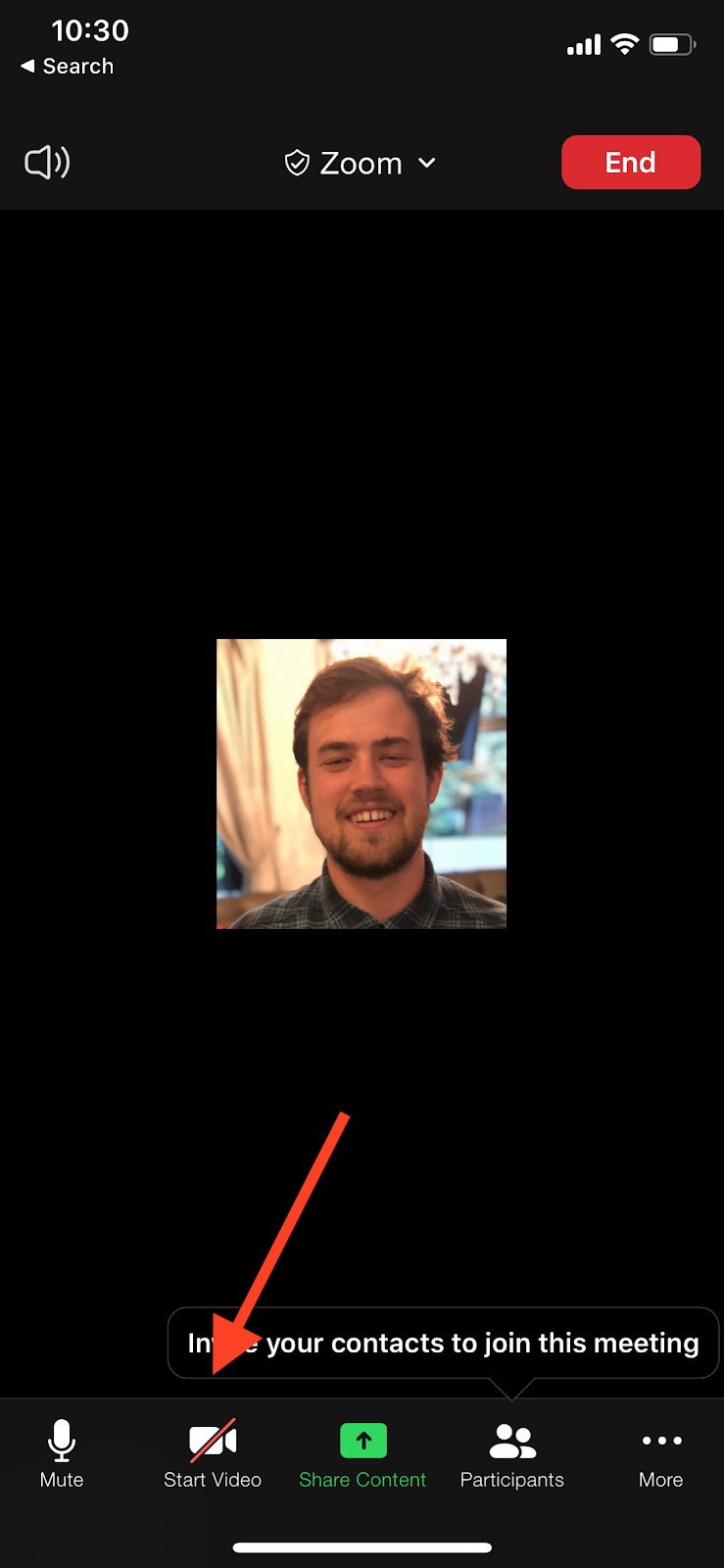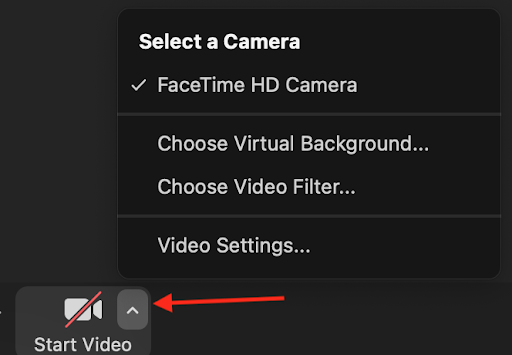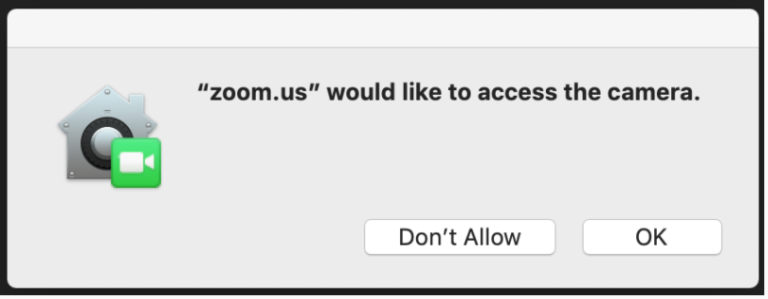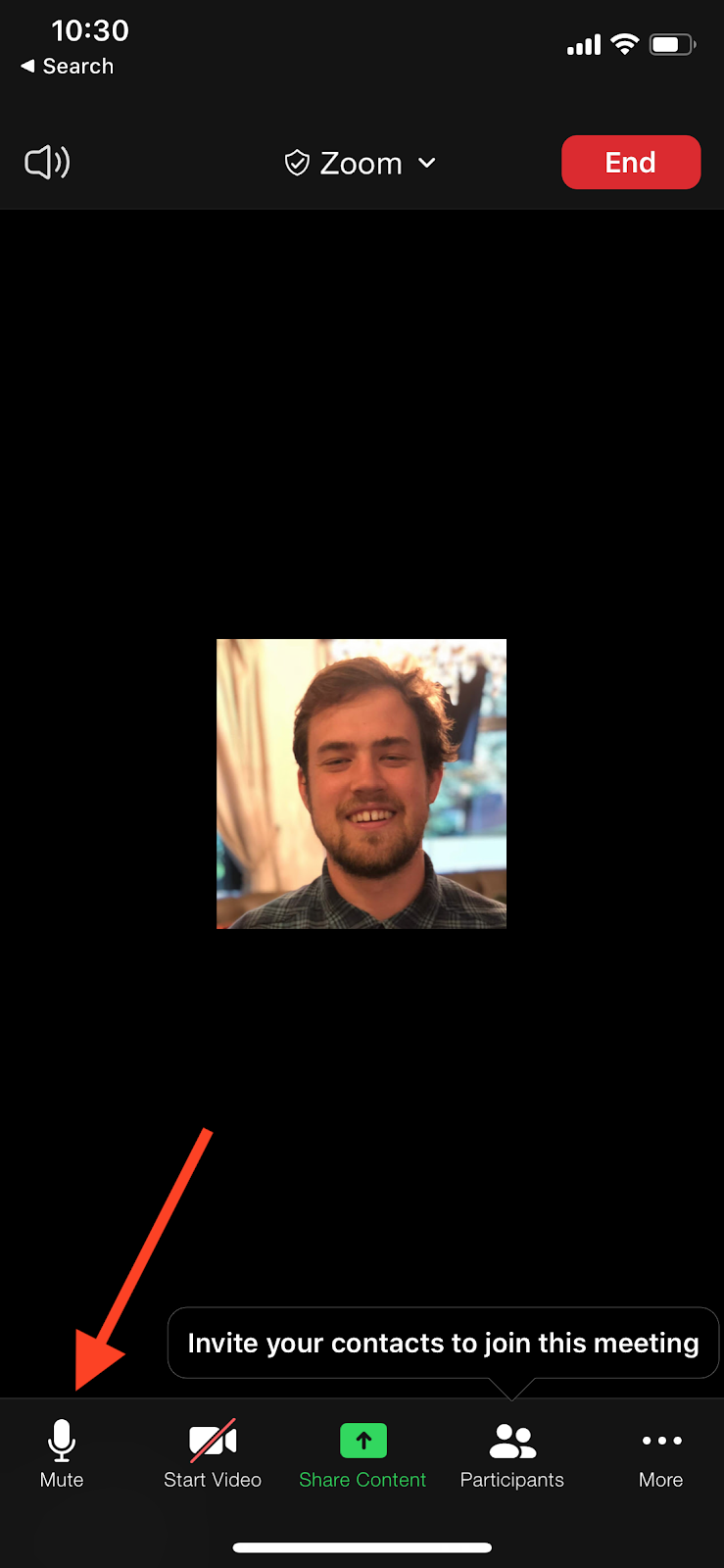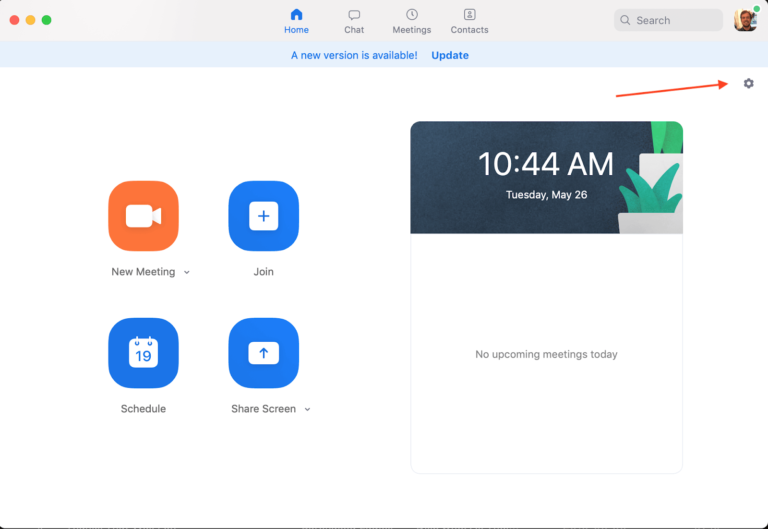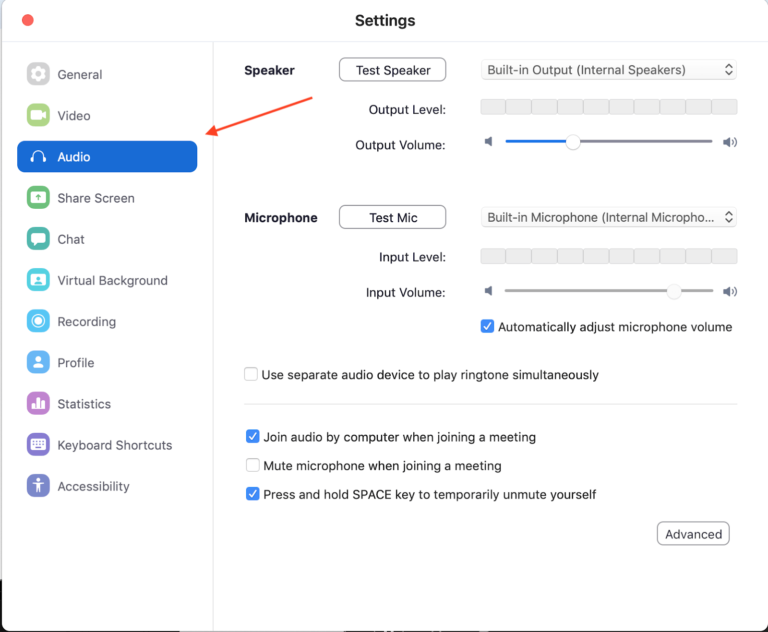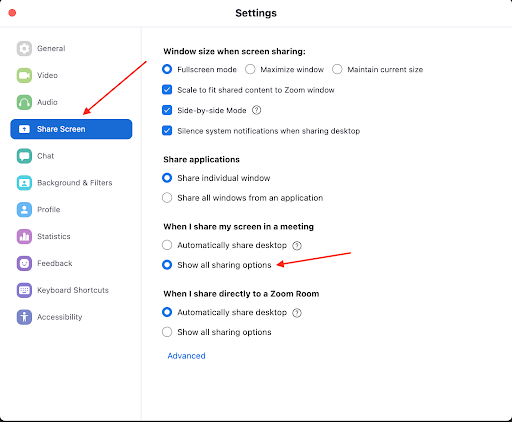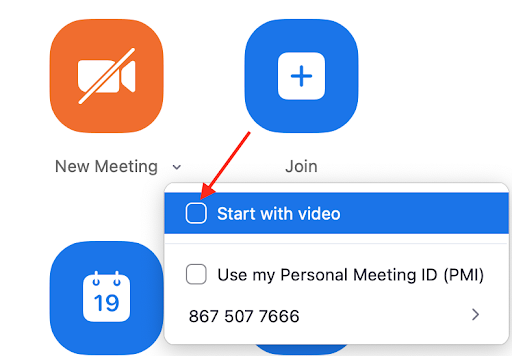Consider this your go-to guide if your Zoom meeting is on the fritz, and you need to get it working stat. The vast majority of the time this happens is because of a poor internet connection. Every Zoom participant needs to have a decent internet connection for things to run smoothly, or else things can get frustrating quickly. Sadly this isn’t a quick-fix solution, but upgrading your internet connection will help remove this headache from your life. We’ve found that Xfinity internet to be the most reliable internet connection right now.
Make sure you aren’t muted, or the person you’re talking to isn’t muted. The mute button is found at the bottom right corner of the Zoom app, right next to the Start Video button. If your audio isn’t working on the Zoom desktop app specifically, navigate to Zoom settings and click on the Audio tab.
Once you’ve made it here, you can select what speaker and microphone you want to use and test to see if it’s working. You can also make sure that you automatically join the audio for Zoom meetings and won’t come into meetings with a muted microphone.
If your audio isn’t working on your mobile device, you’ll need to check if Zoom has access to your device’s speaker and microphone. Here’s the path you’ll take for Apple iPhone and Android devices to make sure your Zoom app has access. iPhone: Go to Settings > Privacy > Microphone and switch the toggle to green for Zoom. Android: Go to Settings > Apps & notifications > App permissions > Microphone and switch the toggle to green for Zoom. Make sure other apps aren’t using your device’s microphone. If you have FaceTime, Twitch, Instagram, or any other app open that might be using your microphone, then people won’t be able to hear you in a Zoom meeting.
Anytime you have multiple devices on the same Zoom call in the same room, you’ll run into issues with echo.
Make sure you have screen sharing privileges. If you have a basic Zoom account, you can only share your screen if you have the Host status for the meeting. The host of the meeting will need to grant you that status to share your screen. Edit your Zoom screen sharing settings. Open your settings options on Zoom, and select the “Share Screen” section. Here, you can try out different settings, including forcing Zoom to show you all your sharing options when you click the share screen button.
Allow remote control. When a user requests to take control of your screen via Zoom, you’ll get a notification asking for your permission. Make sure to approve the remote control request to get things working. Don’t touch your mouse or keyboard while allowing access to your screen. If you move your mouse or touch the keyboard while somebody remotes into your computer, you can remove their access. Use the right device. Remote control via Zoom is intended for laptop and desktop computers, and won’t work with an iPad or Android device, for example.
Use an alternative version. If the desktop app version of Zoom keeps crashing, try using the web version of Zoom. Alternatively, if you use the web app version and experience crashes, try downloading the Zoom app. Close other apps on your device that might use your camera or speakers. If you have apps like Discord, Spotify, YouTube, or Twitch open at the same time as your Zoom meeting, you might trigger a system overload that crashes your Zoom meeting. Check your internet connection. If your internet connection goes in and out, Zoom might crash as a result.
If you’re just starting out with Zoom you may be interested in our how-to guide for setting up a Zoom Meeting.

